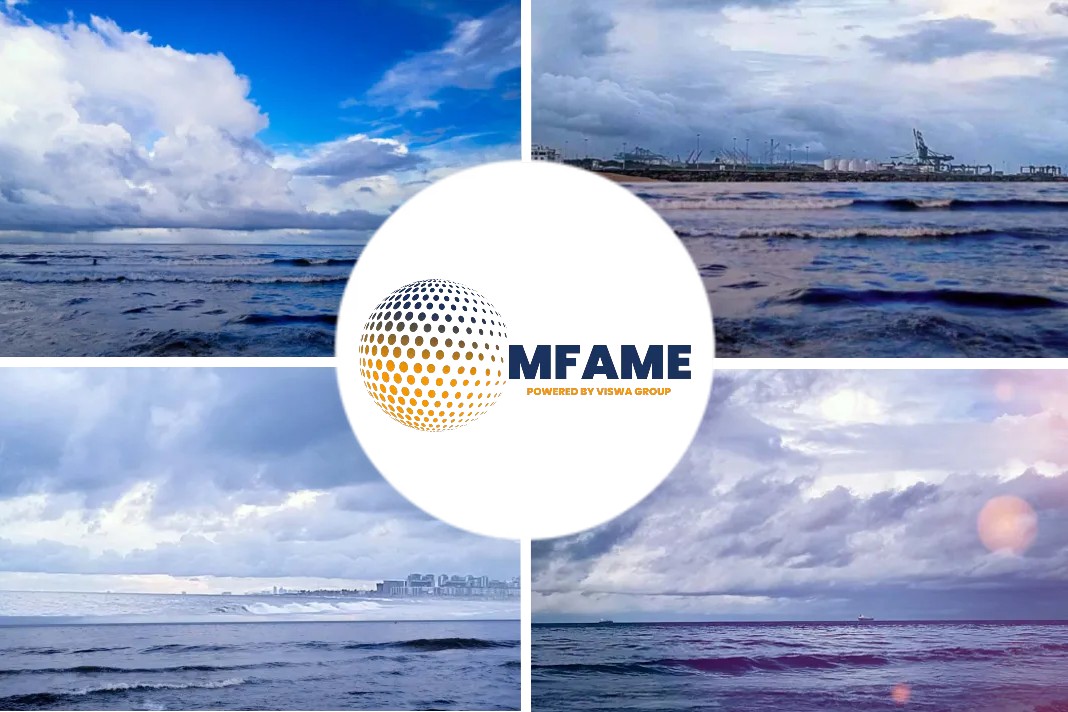
The current trends in relation to maritime safety are mixed. Allianz’s Safety and Shipping Review 2023 finds that in 2022 there were 38 total losses of vessels, down from 59 losses in 2022 and 109 losses in 2013. However, that positive downward trend for total losses is not mirrored in relation to the statistics for all casualties or incidents, which have risen slightly year on year.
Seaworthiness 101
Ultimate responsibility for the safety of a ship, her crew and her cargo, and for maintenance of a ship’s equipment, rests with the ship owner (or bareboat charterer where there is one). At the core of every shipping transaction is a fundamental obligation on the owner to make the vessel seaworthy. The obligation is generally one of due diligence, rather than an absolute obligation, meaning that the shipowner is not absolutely required to ensure the ship is seaworthy but must take reasonable steps to ensure a seaworthy state through the carrying out of regular inspections and repairs, and by ensuring that any such repairs are carried out with reasonable skill and care. It is important to emphasize that an owner’s seaworthiness obligation cannot be delegated. If an owner instructs a third party to effect repairs to the vessel, and it later transpired that those repairs were carried out negligently leading to the vessel being unseaworthy, the shipowner will in principle be liable for losses arising from such unseaworthiness. This is the case even if the shipowner carried out due diligence to assess the quality of the supplier, and even if those repairs are certified by a classification society.
The seaworthiness obligation is expressed in various different formulations in standard form shipping contracts. For example, in contracts subject to the Hague or Hague Visby Rules, the obligation is, before and at the beginning of the voyage, to exercise due diligence to “(a) make the ship seaworthy; (b) properly man, equip and supply the ship; (c) make the holds, refrigerating and cool chambers, and all other parts of the ship in which goods are carried, fit and safe for their reception, carriage and preservation.” Seaworthiness encompasses all of the following:
- The physical aspects of the vessel – such as hull integrity and the condition of her machinery and equipment.
- The competence of the crew.
- The vessel’s cargoworthiness – such as water tightness of hatch covers and condition of heating coils.
- The vessel’s documentation and certification.
Future Of Maritime Safety
Improving maritime safety is firmly on the radar of regulators and enforcing authorities. In June 2023, the European Commission announced new proposals “to modernize EU rules on maritime safety”, focusing on PSC and maritime accident investigations with the ultimate aim of preventing loss of human life and environmental pollution. In a similar vein, the Tokyo and Paris MOUs will run a concentrated inspection campaign from 1 September – 30 November 2023 focusing on fire safety. The switch to alternative fuels and propulsion systems has the potential to increase safety concerns in the initial stages of adoption, as relatively untested fuels start to be carried and burned in larger volumes on a global basis, by crew who may not be familiar with the fuel’s properties or idiosyncrasies. The adoption of low-sulfur fuels in January 2020 proceeded remarkably smoothly, but nevertheless drove a notable increase in the number of claims relating to engine malfunctions and failures, sparking competing allegations of poor quality fuel versus poor fuel and engine management by inexperienced crews. We anticipate a similar pattern to follow the wider adoption of new fuels and propulsion systems.
The growing range of technological solutions promises to deliver improvements in safety by enabling predictive maintenance, better crew training and better data by which to determine root causes of incidents. Industry participants note that there is a surprising lack of collated data on maritime incidents, despite the fact that IMO member states are required to provide this information to the IMO. The use of standards for machinery data (such as those which already exist from the ISO), and anonymising data to remove commercially sensitive elements, could help improve data exchange and allow for comparisons of safety performance across equipment manufacturers and fleets. However, adopting new technology is not a panacea to solving safety issues. Any new technology will still require owners to actively maintain their systems in good working condition, to update systems as and when necessary, and to ensure all ancillary documentary processes are in place.
In light of these developments, how might the concept of seaworthiness itself change? While ships remain manned, rather than fully autonomous, we anticipate that owners will retain their primary responsibility for seaworthiness. Questions remain as to how that obligation will shift, perhaps becoming aligned with product liability, as fully autonomous, unmanned vessels are developed and errors are attributed to software rather than to humans.
Did you subscribe to our daily newsletter?
It’s Free! Click here to Subscribe!
Source: Lexology















